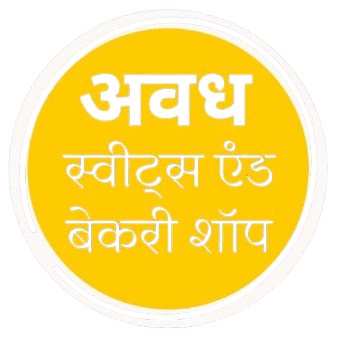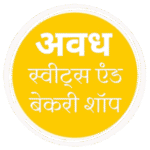🧁 Introduction to Rasgulla: A Legendary Indian Dessert
Rasgulla (also known as Roshogolla in Bengali) is a melt-in-the-mouth dessert cherished across India. Made from soft chhena (fresh Indian cottage cheese) and simmered in a light sugar syrup, Rasgullas are known for their delicate sweetness and spongy texture. This iconic sweet is especially celebrated in West Bengal and Odisha, where it holds both cultural and culinary significance.
Whether served at weddings, festivals, or casual celebrations, Rasgulla symbolizes joy, hospitality, and tradition.
📖 What Is Rasgulla?
Rasgulla is a milk-based Indian sweet made by curdling milk, shaping the resulting chhena into balls, and boiling them in sugar syrup. These syrup-soaked balls are:
- Soft and spongy
- Mildly tangy from the chhena
- Subtly aromatic with rose water or cardamom
It’s eggless, vegetarian, and gluten-free, making it a widely loved dessert across dietary preferences.
🏛️ The History & Origin of Rasgulla: Odisha vs. West Bengal
There’s a longstanding debate over Rasgulla’s origin:
📍 Odisha Claim:
- Rasgulla, known locally as Khira Mohana, is believed to have originated in Odisha in the 12th century.
- It was traditionally offered as prasad at the Jagannath Temple in Puri.
- Odisha received a Geographical Indication (GI) tag for “Odisha Rasgulla” in 2019.
📍 West Bengal Claim:
- Bengali confectioner Nobin Chandra Das is credited with creating the modern soft, spongy Rasgulla in 1868.
- His version gained popularity in Kolkata and later spread throughout India and beyond.
- West Bengal received a GI tag for “Banglar Rasogolla” in 2017.
✅ Source: India Today – The Rasgulla War
🧾 Ingredients: What You Need to Make Rasgulla
| Ingredient | Purpose |
|---|---|
| Full-fat milk | To make chhena (cottage cheese) |
| Lemon juice or vinegar | To curdle the milk |
| Sugar | To sweeten the syrup |
| Water | For boiling syrup |
| Rose water / kewra / cardamom (optional) | For aroma and flavor |
👩🍳 How to Make Homemade Rasgulla: Step-by-Step
🥄 Step 1: Curdle the Milk
Boil 1 liter of full-fat milk. Add 2 tbsp lemon juice to curdle. Strain through a muslin cloth and rinse under cold water.
🥄 Step 2: Prepare the Chhena
Hang the chhena for 30–45 minutes. Knead for 10 minutes until smooth.
🥄 Step 3: Shape the Balls
Roll the dough into small, crack-free balls (they’ll expand while cooking).
🥄 Step 4: Cook in Syrup
Boil 4 cups water + 1.5 cups sugar. Drop in balls. Cover and boil for 12–15 minutes.
🥄 Step 5: Cool and Flavor
Let cool in syrup. Add rose water or cardamom for extra fragrance. Chill before serving.
💡 Pro Tips for Perfect Rasgulla
- Use fresh cow’s milk.
- Knead chhena thoroughly for smoothness.
- Ensure syrup is boiling when Rasgullas are added.
- Don’t overcook—the texture will become rubbery.
🌍 Regional Differences: Bengal vs. Odisha Rasgulla
| Feature | Bengal Rasgulla | Odisha Rasgulla |
|---|---|---|
| Texture | Spongy and white | Softer, brownish |
| Syrup | Light | Thick |
| Taste | Subtle | Rich and deep |
| Festival | Durga Puja | Rasgulla Dibasa (July) |
🎉 Cultural Significance
Rasgullas are a staple at:
- Festivals like Durga Puja, Diwali, and Rath Yatra
- Weddings and religious ceremonies
- Gifting during Raksha Bandhan, housewarmings, or as return gifts
Today, chefs even experiment with Rasgulla Cheesecakes, Tarts, and Ice Creams, making this traditional sweet a modern culinary canvas.
📦 Nutritional Value (per piece)
Approximate values:
- Calories: 120–140 kcal
- Fat: 5–6g
- Protein: 4–5g
- Sugar: 12–15g

